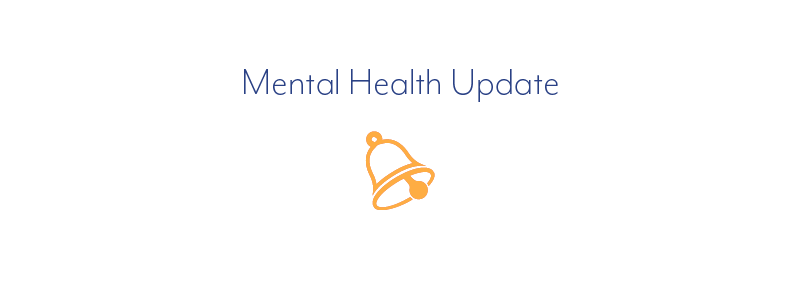|
What does it mean to be an ally?
Allyships is a continuous process of learning about marginalized individuals or groups, allowing them space to speak their truths and respecting their  experiences, and commiting to stand alongside them to promote change and equity. Being an ally begins with self-reflection and actively identifying our biases, as well as our role in systemic injustice. experiences, and commiting to stand alongside them to promote change and equity. Being an ally begins with self-reflection and actively identifying our biases, as well as our role in systemic injustice.
Visit Teaching Tolerance to begin your journey to becoming a better ally and help promote a culture in which everyone is valued, supported and heard.
Why is it important for our mental health?
Children and adults throughout the world sometimes face systemic oppression based on their race, sexuality, identity, or disability. Being an ally promotes their mental health and wellness because we recognize the struggles they experience and are there to provide support. When we show compassion for others, we enhance our own well-being..
What is the relationship between Social-Emotional Learning and being an ally?
Social awareness, relationship skills, and responsible decision-making are social-emotional learning (SEL) core competencies that empower youth to be an ally. Below is information about allyship and resources to use when educating students. Aligning these SEL competencies with teaching about diversity and inclusivity helps students begin to view the world from the perspective of others, and promotes an understanding of other cultures, social norms and life experiences. |


